Are you wondering how to turn your playful pup into a well-behaved member of the family? House training is one of the first and most important steps in your journey as a new puppy owner. But why is it so crucial? Establishing a consistent routine not only helps your puppy learn where to go, but it also strengthens the bond between you and your furry friend.
Successful potty training relies on repetition, positive reinforcement, and understanding your puppy's behavior. Punishment or mixed signals can confuse your pup and slow down the process. Early training sets the stage for a well-behaved dog and fewer indoor accidents. However, many owners make common mistakes, such as using punishment or inconsistent signals, which can hinder progress.
This guide provides expert advice and step-by-step tips drawn from reputable sources. Whether you're dealing with a stubborn breed or a lively young pup, these methods are designed to help you quickly understand and apply effective training techniques. With the right approach, you can avoid common pitfalls and help your puppy become potty trained in no time.
Establishing a Consistent Potty Training Routine
Creating a predictable routine is key to successful potty training. By setting a clear schedule, you help your puppy learn when it's time to go outside, reducing accidents and making the process smoother for both of you.
Setting a Daily Schedule
A daily schedule should accommodate your puppy's frequent need to eliminate, especially after meals, playtime, and naps. Puppies under 12 weeks need breaks every 1-2 hours, while older pups can wait a bit longer. Consistency in timing helps form habits and reduces indoor accidents.
Start by taking your puppy outside every 30 minutes to an hour. This interval can be adjusted based on age and bladder control. For example, a 6-week-old puppy can hold their urine for about 2.5 hours, so frequent breaks are essential.
Choosing the Right Elimination Spot
Selecting a specific spot for elimination helps your puppy associate it with the right behavior. Use a consistent word or phrase, like “potty,” each time you take them there. Rewarding with treats and praise reinforces good behavior.
A well-chosen spot and consistent cues create a strong association, making training more effective. This routine benefits both you and your puppy, leading to fewer accidents and a smoother training process.
Understanding Your Puppy’s Needs and Signals
Recognizing your puppy's unique signals is crucial for effective house training. Puppies often exhibit specific behaviors when they need to eliminate, such as sniffing, circling, or whining. These cues are your puppy's way of communicating their needs, and responding promptly can prevent accidents and strengthen your bond.
Recognizing Potty Cues
One of the most common signs your puppy needs to go is sniffing the floor. This behavior indicates they're searching for the right spot. Circling or heading toward the door are also clear indicators. By paying attention to these signals, you can quickly guide your puppy to the designated potty area, reinforcing good habits and reducing indoor mishaps.
Managing Crate Time Effectively
Crate training is a powerful tool in potty training. Puppies naturally avoid eliminating where they sleep, making a crate an ideal den-like space. Choose a crate that's just big enough for your puppy to stand, turn around, and lie down. Supervise crate time closely to ensure your puppy doesn't have accidents inside. Positive reinforcement, like treats and praise, when your puppy uses the correct spot, helps build trust and speeds up the learning process.
Consistent supervision and positive reinforcement are key to successful potty training. By understanding and responding to your puppy's signals, you can create a routine that works for both of you, leading to fewer accidents and a stronger bond.
Essential “puppy potty training tips” for Success
Positive reinforcement is a cornerstone of effective potty training. Rewarding your puppy immediately after they eliminate outside helps them associate the action with positive outcomes. Use treats, praise, or playtime to celebrate their success. This immediate feedback creates lasting habits and speeds up the learning process.
Implementing Positive Reinforcement
Choose small, tasty treats your puppy loves, and have them ready whenever you take your puppy out. The moment they finish eliminating, offer the treat and say a phrase like, “Go potty!” This consistent reward system helps your puppy understand what behavior is desired.
Avoiding Common Pitfalls
Inconsistent schedules and punishment can confuse your puppy and slow down training. Stick to a regular routine, and if accidents happen, clean the area thoroughly with an enzymatic cleaner to remove odors that might attract your puppy to the same spot again.
Making the Most of Every Potty Break
Turn potty breaks into training opportunities. Use a specific word or phrase each time you take your puppy out to create a strong association. After your puppy eliminates, spend a few minutes playing or walking around the area to make the experience enjoyable and reinforce good behavior.
Integrating Feeding Schedules and Playtime
Feeding your puppy at consistent times each day plays a crucial role in potty training. By scheduling regular meals, you can predict when your dog will need to go outside, making the training process more efficient and reducing indoor accidents.
Coordinating Meal Times with Potty Breaks
After meals, puppies typically need to eliminate within a few minutes. This predictable pattern allows you to take your dog outside immediately after eating, helping them learn the right behavior. A consistent feeding schedule also supports your puppy's digestive health and overall well-being.
Creating a Fun and Rewarding Routine
Turn meal times into positive experiences by following up with short play sessions. This approach not only rewards your puppy for going outside but also strengthens your bond. Keep playtime brief to avoid overwhelming your pup, ensuring they stay focused and engaged.
As your puppy grows, adjust their feeding schedule and playtime accordingly. For example, younger puppies may need more frequent, smaller meals, while older dogs can manage with fewer, larger portions. Consistency is key to maintaining a routine that supports both their health and training progress.
Supervising, Confining, and On-Leash Strategies
Active supervision is essential during the early stages of house training. By keeping a close eye on your dog, you can catch early signs that they need to go outside, preventing accidents and reinforcing good habits. Consistent oversight helps your puppy learn faster and reduces the risk of unwanted behavior.
Effective Supervision Techniques
Watch for signals like sniffing or circling, which often indicate your puppy needs to go. If you notice these cues, quickly guide them to the designated area. Using a leash during potty breaks can help keep your puppy focused and prevent distractions. Immediate redirection is key—when you see your puppy heading toward an indoor area, gently guide them outside instead.
Safe Confinement Practices
When you can’t watch your puppy, use a crate or small, puppy-proof area to keep them safe. A crate helps with bladder control by leveraging their instinct to avoid soiling their sleeping space. Recommended crate time varies by age—puppies under six months should not be crated for more than 3-4 hours during the day. Always supervise crate time to ensure your puppy’s comfort and prevent accidents.
Structured supervision and confinement are powerful tools in potty training. By staying attentive and using safe confinement, you can help your puppy learn quickly and avoid setbacks. Remember, consistency is key to successful training.
Final Thoughts and Next Steps for Potty Training Success
Consistency and patience are the cornerstones of successful house training. By establishing a routine and using positive reinforcement, you'll help your dog learn where to go. Remember, every pup is different, so adapt your methods as they grow. Supervision and proper confinement, like crate training, are key tools to prevent accidents and speed up the process.
Stay patient and celebrate small victories. Even with setbacks, consistent praise and the right strategies will lead to success. A structured approach ensures long-term results, making your home a happy, accident-free space for both you and your furry friend.
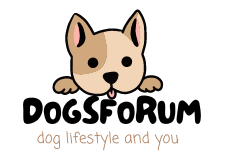

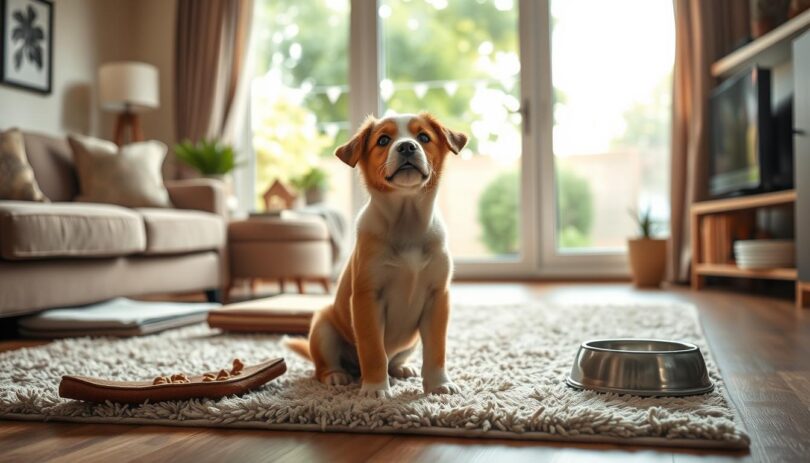

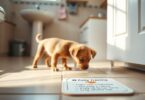

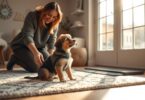
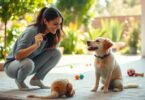
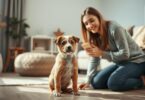


Leave a Comment